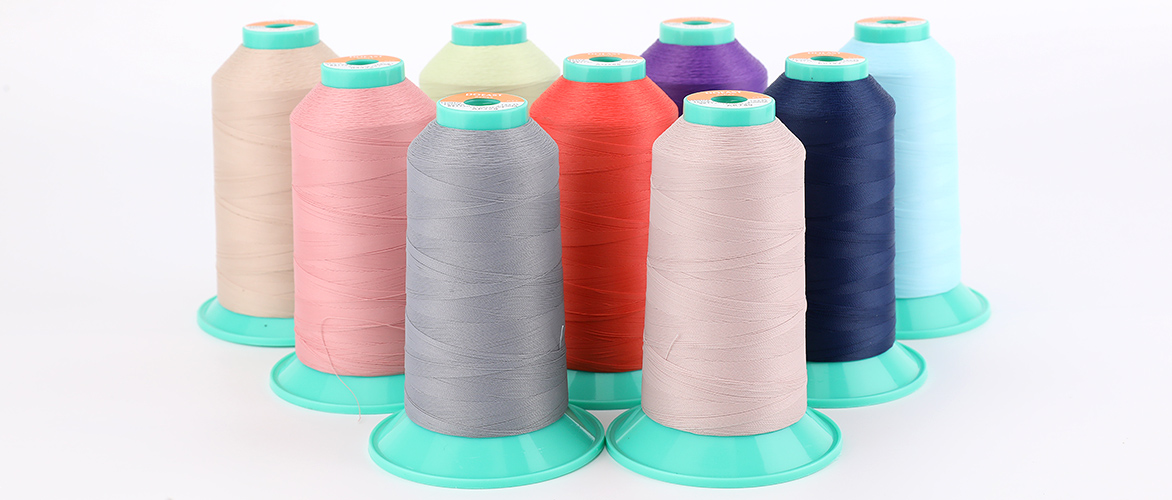
Biomedical Industry: Nitinol is widely used in medical devices due to its super-elasticity and shape memory characteristics. Some common applications include:
Stents: Nitinol stents can be deployed in a compressed state and recover their original shape when placed inside blood vessels, providing support and preventing blockages.
Guidewires: Nitinol guidewires can navigate tortuous paths within the body during minimally invasive procedures.
Orthodontic Wires: Nitinol wires are used in braces as they exert a constant force to move teeth to their desired positions.
Aerospace and Defense: Nitinol is utilized in aerospace engineering and defense applications because of its lightweight, super-elastic, and shape memory properties. Some applications include:
Actuators: Nitinol actuators can be used to control various mechanisms, such as deploying wings or controlling flaps in aircraft.
Robotics: In robotics and unmanned aerial vehicles (UAVs), nitinol can be employed for morphing wings or adaptive structures.
Consumer Electronics: Super-elastic filaments can be employed in consumer electronics to improve durability and impact resistance. For instance, flexible phone cases made from these materials can protect devices from damage.
Automotive Industry: In the automotive sector, super-elastic materials could find applications in various components such as shock absorbers, springs, and flexible bumpers, enhancing safety and impact resistance.
Textile Industry: Super-elastic continuous filaments can be used to develop highly stretchable and comfortable clothing, sportswear, and smart fabrics.
Civil Engineering and Construction: These materials could be used for seismic reinforcement in buildings and structures, providing enhanced resilience during earthquakes.
Smart Materials: The super-elasticity of certain filaments can be harnessed to create smart materials that can change their properties based on external stimuli, such as temperature or stress.
It's essential to note that the specific applications of super-elastic continuous filament can vary depending on the material's properties, such as its composition, processing methods, and intended use. Research and development in the field of advanced materials are ongoing, and new applications may have emerged since my last update.

 English
English Chinese
Chinese Japan
Japan


